
Review the case study and test your knowledge to make the correct diagnosis.

Review the case study and test your knowledge to make the correct diagnosis.
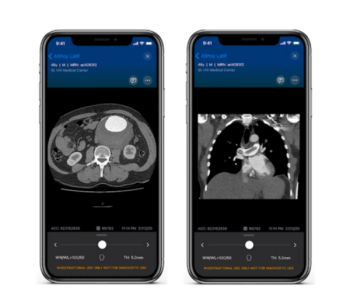
The artificial intelligence (AI)-enabled Viz™ Vascular Suite reportedly allows automated detection of vascular conditions, shown on computed tomography (CT) and other imaging modalities, and facilitates timely triage among interdisciplinary teams.
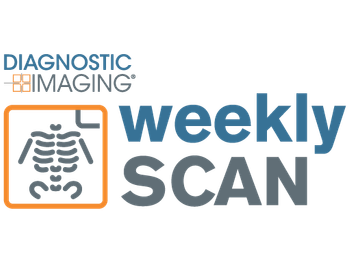
Catch up on the top radiology content of the past week.

In comparison to primary lung cancer, pulmonary metastases had a 33 percent higher frequency of ring-like peripheral high iodine concentration on dual-energy computed tomography (DECT), according to a new retrospective study.

Review the case study and test your knowledge to make the correct diagnosis.
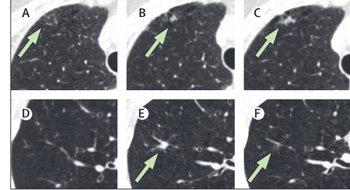
From incidental findings and screening for chronic obstructive pulmonary disease (COPD) to surveillance imaging protocols and the advent of artificial intelligence (AI), the authors of a new meta-analysis examine insights and emerging trends from the last two decades of research on the use of low-dose computed tomography (CT) in lung cancer screening.

Review the case study and test your knowledge to make the correct diagnosis.

Is there an optimal pace for navigating the ebbs and flows of our worklists in radiology?

Catch up on the most well-viewed video interviews from Diagnostic Imaging in 2022.

Touching on a variety of topics in radiology, here are the top five most well-read articles from Diagnostic Imaging in 2022.

Check out the top radiology content of the past week.

Catch up on the most well-read computed tomography (CT) articles from 2022.

In a recently published prospective study comparing photon-counting detector computed tomography (PCD CT) versus energy-integrating detector CT (EID CT) in patients with persistent symptoms after COVID-19 infection, researchers found that PCD CT discovered additional lung abnormalities in half of the study participants.

Catch up on the top AI-related news and research of the past month.

Check out the top radiology content of the past week.
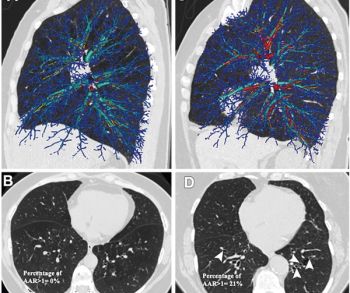
Employing an artificial intelligence (AI) tool to quantify airway-to-artery (AAR) diameter ratios on chest computed tomography (CT), researchers found the percentage of airways with an AAR greater than 1 was associated with increased pulmonary exacerbations in ever-smokers.
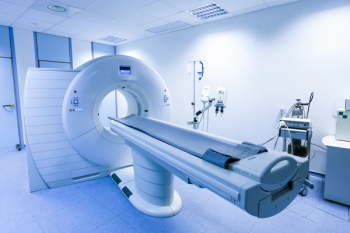
In a new study based on five- to six-year follow-up data from over 650,000 children and young adults who had at least one computed tomography (CT) exam prior to the age of 22, researchers found a “strong dose-response relationship” between increased CT radiation exposure and brain cancer.
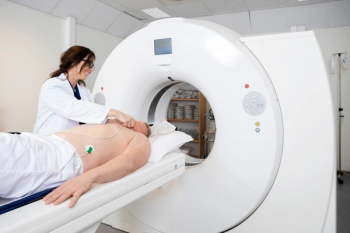
Main pulmonary artery and right ventricular diameters on computed tomography (CT) scans of the thorax were predictors of pulmonary hypertension.

Ultra-low-dose computed tomography (ULDCT) may have similar efficacy as low-dose CT (LDCT) for detecting a variety of pulmonary conditions in people with current or past smoking histories, but had poor detection of ground glass opacification lesions, according to a recent prospective study presented at the Radiological Society of North America (RSNA) conference.

Enhancements for the BodyTom 64 Point-of-Care Mobile Computed Tomography (CT) Scanner include upgraded cross-sectional imaging capabilities and a Linux operating system.

Offering more than 70 clinical applications, the next-generation edition of the Advanced Visualization Workspace reportedly includes enhanced liver analysis and artificial intelligence (AI)-powered scoring of early brain infarction noted on computed tomography (CT) scans for patients with ischemic stroke.
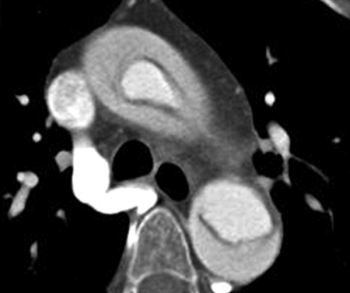
New research suggests the Viz Aortic Dissection Algorithm has a 94.2 percent sensitivity rate for detecting aortic dissection on computed tomography (CT) angiography.
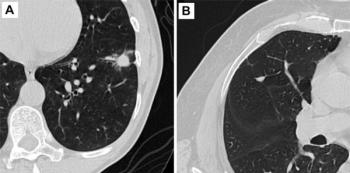
Emphasizing the benefits of annual lung cancer screening with low-dose computed tomography (CT), researchers noted high 20-year survival rates for a variety of early-stage lung cancer tumor presentations, including a 100 percent survival rate for those with non-solid or partly solid cancerous nodules.

Catch up on the top radiology content of the past week.

GE Healthcare’s DaTscan is reportedly the first radiopharmaceutical tracer agent approved by the Food and Drug Administration (FDA) for use in patients with suspected dementia with Lewy bodies.